There are over 10,000 cities in the world, spread across six of the seven continents. Cities are measured in metrics to understand the various factors that can lead to them being considered the best or worst cities. Some metrics include health, stability, culture and environment, education, and infrastructure. These factors determine the quality of life indicators of a country, state, city, or town.
The Economist Intelligence Unit publishes a list every year, telling us who the best and worst are based on these various metrics. They found that the 10 worst cities to live in the world are on just three of the six continents that have cities: Asia, Africa, and South America.
The health of a city depends not only on the city itself, but also on the quality of life in its country of origin. Unfortunately, many countries suffer from endless conflicts, resource shortages, violence, corruption, and unstable political systems. These factors reduce the ability of their city to overcome systemic problems. As a result, some countries are worse off than others, and some cities suffer more than others due to these difficult circumstances.
10. Tehran, Iran
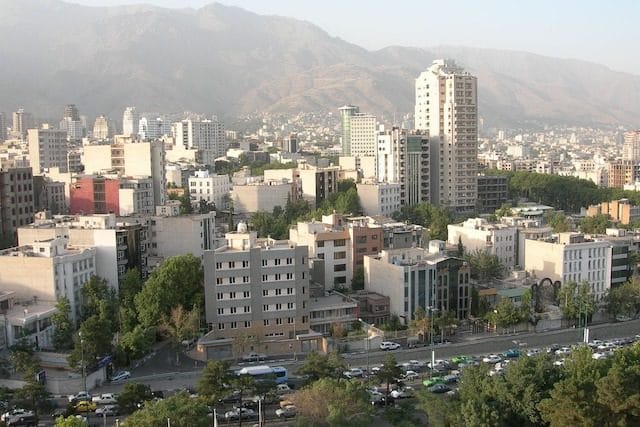
Tehran is the capital of the diverse, mountainous and arid Iran in north-central Iran. It is home to over 9 million citizens. While the city itself is historically impressive, having existed for only 200 years and developed into something of a metropolis. However, after the Iranian Revolution of 1978-1979, the country and the city fell into decline.
Iran is considered one of the worst countries in the world for political instability. This has led to deteriorating living conditions throughout the country, which can be seen in full in Tehran. The city is populated by catastrophically poor neighborhoods. In addition, the country has been negatively perceived by the world for almost its entire history with the modern world, which has had its negative consequences for the economy.
Recently elected President Mahmoud Ahmadinejad has managed to capitalize on the plight of Iranian citizens by offering to share the country's oil wealth. If he plans to keep this promise, we may see improvements in Tehran in the coming years. However, as it stands, Tehran ranks lowest in culture and environment among all other countries in the bottom ten of the Global Liveability Index. They also rank poorly in infrastructure and healthcare.
9. Douala, Cameroon
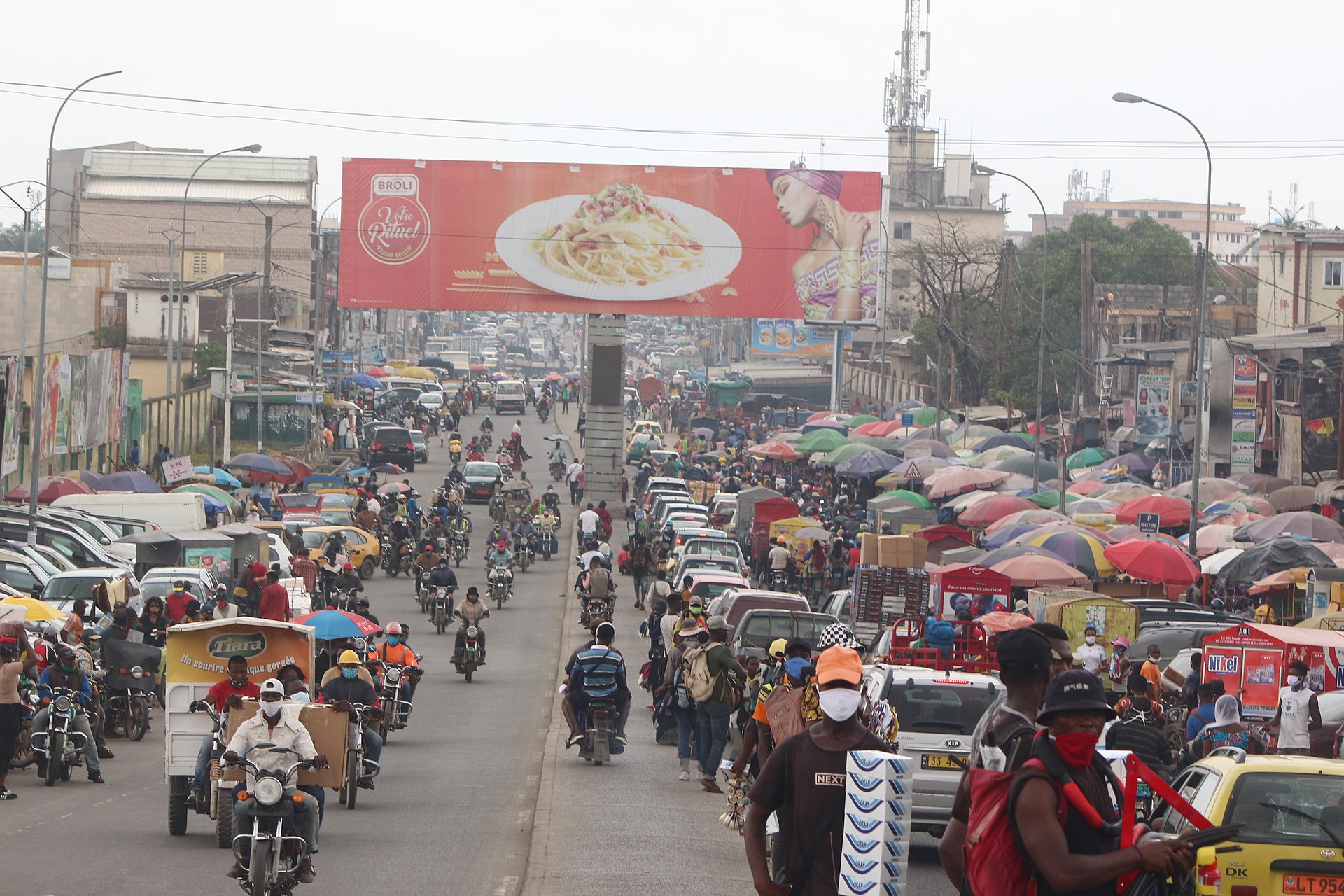
Cameroon gained independence from France in 1960. In the decades following its newfound independence, Cameroon experienced considerable prosperity. At first, the focus was on educational institutions, rural development, agricultural diversification, and industrialization. However, after this, there was a noticeable decline in the way the Cameroonian government handled the growing economy. Due to a decline in commodity exports and mismanagement in the 1980s, Cameroon entered a recession that lasted until the late 1980s. Since then, they have become heavily dependent on exports, making their economy unpredictable. With the addition of corruption, Cameroon remains in economic limbo despite ambitious plans for change that will come in 2035.
Douala is the most populous city in the country with a population of 3.9 million. Currently, 24% of the country's population lives in poverty. This widespread poverty is a consequence of the failure of the education system and the lack of infrastructure. Despite playing a key role as the capital and main port of Cameroon, Douala is in crisis. In addition to external factors, the city is unsafe due to increasing gang violence, an inadequate health care system, poor infrastructure and a lack of proper education. Douala has one of the worst health indicators in the world. This is a question of funding and a shortage of qualified doctors.
Another major problem facing ordinary people in Douala and Cameroon in general is the high cost of living. Douala is the country's economic hub, but the problems facing the city are vast, widespread, and rooted in Cameroon's very identity.
8. Harare, Zimbabwe
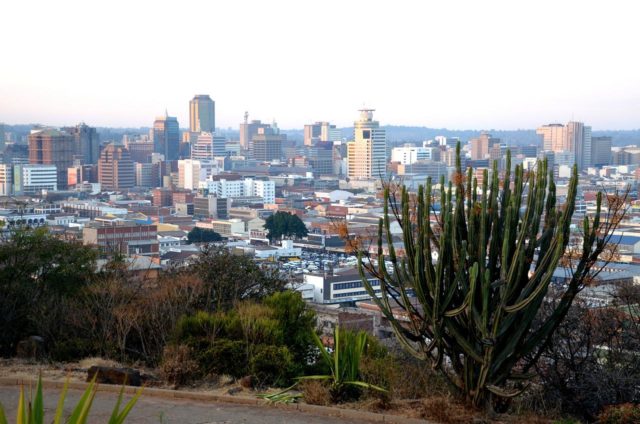
Zimbabwe is known for its turbulent rule under former President Robert Mugabe. Mugabe served as president from Zimbabwe's independence in 1980 until his resignation in 2017. However, his tenure in power led to the collapse of Zimbabwe's economy, which was felt across the country.
Harare is the capital of Zimbabwe and the country's industrial and commercial centre. The city is located in the landlocked north-eastern part of the country. Although there is currently no civil war or any real conflict, civil unrest remains a constant threat in Harare and around Zimbabwe. The country continues to suffer from serious problems such as inequality, economic instability, poor health care, overcrowded public transport, and frequent water and electricity shortages.
The capital city scores poorly in almost every category, with some much worse than others. Its health care is the worst in the world’s top 10 worst cities, with a score of 20.8, tied with Lagos, Nigeria. Education ranks relatively high, with a score of 66.7. However, private education in the city means that public schools suffer from staff shortages. Although Mugabe is out of power, the damage he has done over his nearly four decades in power remains a heavy burden on the country and Harare.
7. Dhaka, Bangladesh
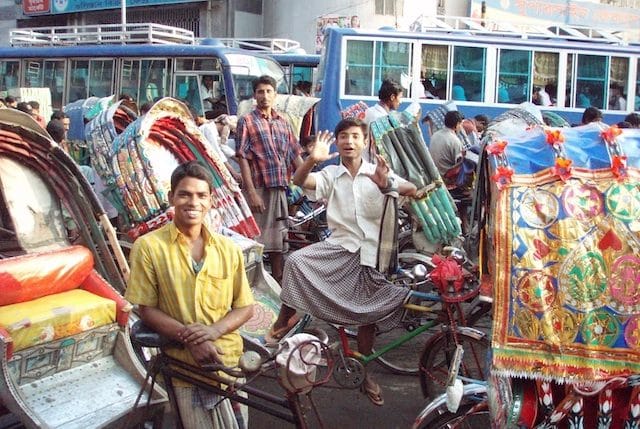
Dhaka is the most populous city in Bangladesh. It is located north of the Burigan River in the south-central region of the country. The city is home to 22.48 million people and is the center of political, economic and cultural life in Bangladesh. So why does this city rank so low? Overcrowding and congestion are a big part of why this city suffers.
Bangladesh is one of the most densely populated countries in the world. Dhaka has a serious problem with the number of people inhabiting the city and the ever-growing population, which further increases the strain on the city’s capacity and resources. Slums have been growing exponentially for over a decade. Quality housing is unattainable, as are clean air, clean water and sanitation. Dhaka’s intense monsoon season puts additional strain on the city’s infrastructure, which is unable to cope with the influx of water, often resulting in the city being flooded with sewage. Finally, traffic problems and power outages, which cause chaos in the country, remain a problem.
The city is not plagued by the problems that many other cities and countries face. Stability remains relatively standard, but it is the only aspect of the city that ranks around 50th. Health and infrastructure score the lowest. With conditions only getting worse and climate change exacerbating other problems, Dhaka is a city with too many people and too few resources to adequately address long-standing problems. While the city’s stability remains stable for now, it is questionable whether it is sustainable given the inadequate living conditions.
6. Port Moresby, Papua New Guinea.
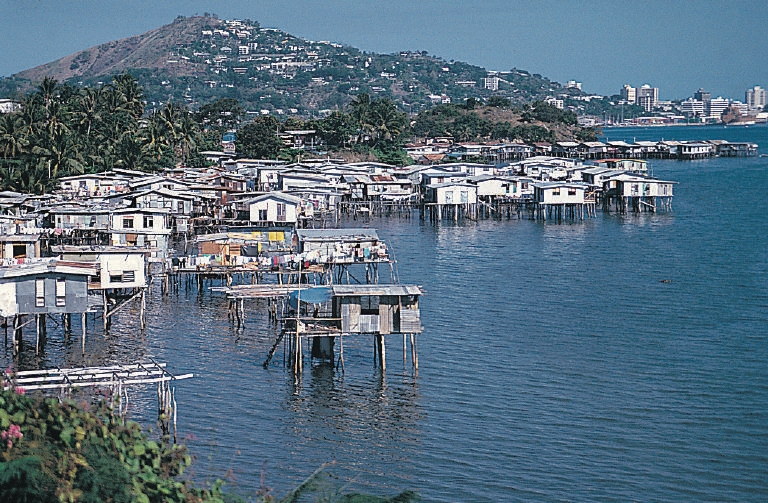
Papua New Guinea is an island country in the southwest Pacific Ocean. It occupies half of the island of New Guinea and is home to one of the worst cities in the world, Port Moresby. Situated on the eastern shore of the Gulf of Papua, Port Moresby has a harbor and a small population of about 400,000 people.
Being a relatively small city, Port Moresby suffers from high unemployment and consequently intense violent crime. However, this is only the tip of the iceberg, as Port Moresby is a city full of inconsistencies. For example, basic services such as sanitation, water, energy, garbage collection, sewerage, etc. are provided differently in formal and informal areas.
On top of all these problematic factors, the situation is only worsened when looking at health care and education. While both are available, the facilities are often dilapidated, poorly resourced, poorly managed, and ineffective. Port Moresby is a lawless city with few economic opportunities and poor living conditions. At the same time, the population continues to grow far beyond the city’s means. Papua New Guinea is not much better as a country, given that it is a hotbed of human rights abuses against women, girls, asylum seekers, refugees, same-sex couples, and many others.
Changes are still being made. The government, rife with corruption, is often too slow to make significant changes to the status quo. As a result, it is unclear whether any significant changes will occur in Port Moresby in the coming years.
5. Karachi, Pakistan
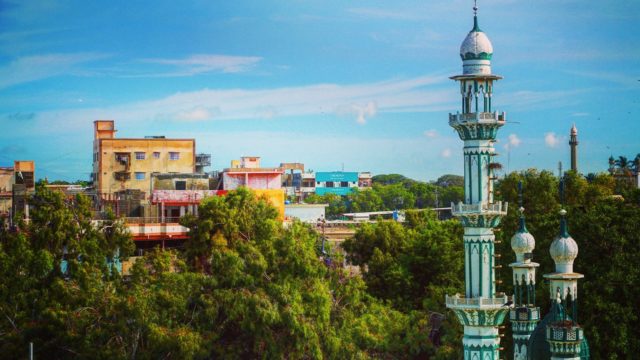
Karachi is Pakistan’s largest city, but it’s also one of the worst cities in the world to live in. This financial and industrial hub is a port city and plays a major role in Pakistan’s economy. Karachi suffers from pollution, crime, traffic jams, disrupted public transportation, unstable electricity and water supplies, and more. To make matters worse, Pakistan is one of many Asian countries facing increased rainfall and more disastrous monsoon seasons as a result of climate change. This makes a bad situation much worse.
Karachi has inadequate infrastructure and waste management systems, and heavy rains put additional strain on existing systems. In 2020, after a particularly terrible monsoon season, the city experienced longer rainfall than other affected areas of the country. This has led to increased homelessness, poor sanitation, power outages, and a lack of clean water.
These are the problems the city constantly faces as it grapples with political instability. Karachi’s governance problems have been around for a long time. They continue to wreak havoc on the region, and no one has made any significant progress in solving Karachi’s problems. No government can come to an agreement, from the municipal to the national level, meaning progress and change are hanging in limbo. Karachi will continue to experience heavy rains and monsoons, so change is not only needed; it is urgently needed.
4. Algiers, Algeria

Algeria is a country rich in natural resources and one of the most important economies in North Africa and the Middle East due to its export of natural gas and oil. Algiers is the country's capital and main seaport and plays an important role in the country's economic status.
Despite the country's apparent wealth, its people do not share in this wealth and live in extreme poverty. Poverty in the country affects a quarter of the population. In addition, Algeria is politically unstable and is the site of numerous human rights violations concerning freedom of assembly, freedom of speech, freedom of religion, migrants, sexual orientation, and women. These factors make life in Algeria and, in turn, Algeria a nightmare.
Several factors, such as the lack of democracy, increasing political conflict, poverty, unemployment, crime and significant cuts in government spending, are causing Algiers to be in a constant free fall. The city ranks last in stability, health and infrastructure. Following the death of authoritarian President Abdelaziz Bouteflika, a new president has been elected. Perhaps Algeria will finally see the progress and change it has been waiting for, including in the divided city of Algiers. Time will tell.
3. Tripoli, Libya
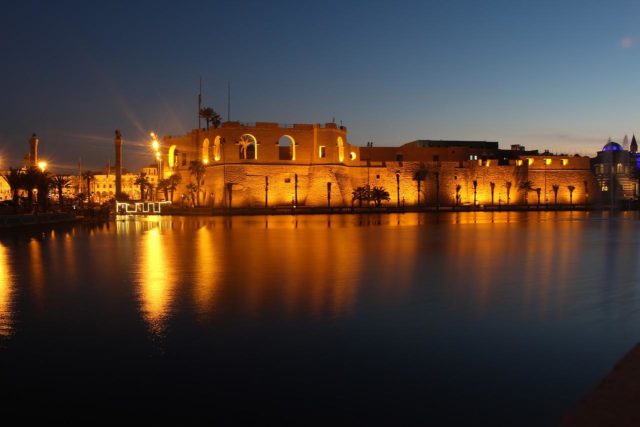
Libya is a country that lives primarily in the Sahara Desert, with most of the population concentrated on the coasts and inland. The capital, Tripoli, is located on the Mediterranean coast in the northwestern region of Libya and is the country's largest city and its most famous seaport.
Tripoli has long been a city in a troubled country. There is no control in the country, governments have no influence on decisions and governance of the country. At the same time, armed militias wield most of the power throughout the country. The country of Libya has never recovered from the Gaddafi regime, which fell in 2011 after Gaddafi was assassinated. This quickly plunged the country into two separate civil wars. When the enemy that united these militias fell, the militias turned on each other due to ideological differences. Although there were signs of progress towards democracy after the civil war, the country has noticeably slid back into division and violence. This is largely due to the lack of strong civil institutions and the large militia presence.
With deep-rooted political instability and a large number of militias throughout Libya, Tripoli is under strain. No one is safe, the cost of living is astronomical, there is a shortage of electricity, healthcare, and economic opportunities, all in a hostile environment. Tripoli ranks in the lowest percentiles for stability, health, culture, and environment, with infrastructure and education only slightly better.
2. Lagos, Nigeria
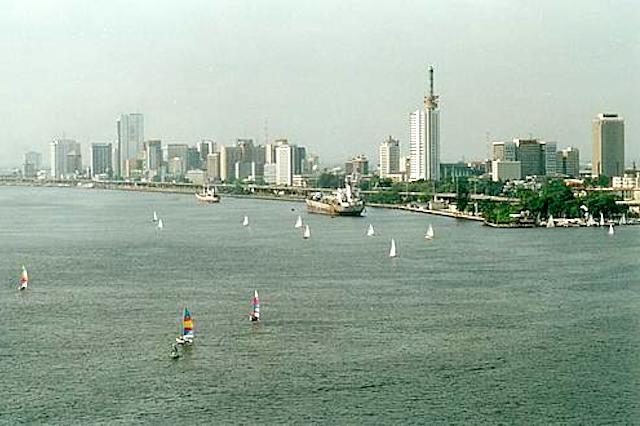
Until 1991, Lagos was the capital of the African country of Nigeria. Although its official name has changed, Lagos remains the largest city in Nigeria and one of the largest cities in Saharan Africa. Lagos has one of the largest urban populations in Africa, with 15.3 million people, second only to Kinshasa in the Democratic Republic of the Congo, with a population of less than 300,000.
Lagos is an important city for Nigeria because it is the country's main port. When Nigeria gained independence in 1960, Lagos became its capital for just over three decades. The biggest challenge facing Lagos? The city continues to grow too fast. Lagos is expected to become the continent's most populous city in the next 50 years, with a population of 100 million. It currently stands at just 15.3 million.
Unfortunately, Lagos suffers from severe instability and a lack of adequate healthcare and education. Lagos’ most notable problems include widespread socio-economic inequality, youth marginalization, lack of education and training, and inadequate infrastructure. Power struggles in Lagos and Nigeria as a whole do not make the situation any easier. Due to largely ineffective and confused government at both the local and national levels, the city is unable to provide basic services, and most efforts to change have failed. While the city is growing at a rapid pace, the city cannot keep up and is collapsing under the pressure of a city with incredible opportunities and potential to become an economic hub.
1. Damascus, Syria
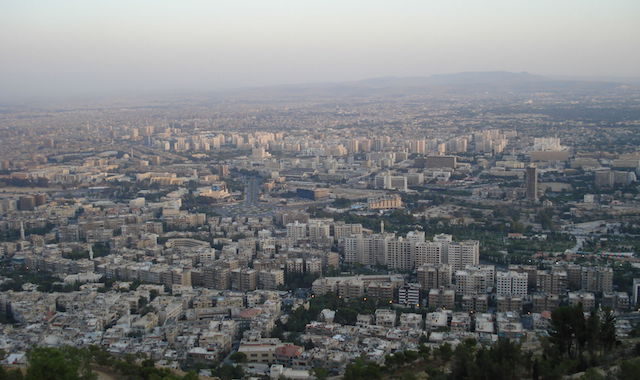
Damascus is the capital of Syria, a country located in southwest Asia on the eastern coast of the Mediterranean Sea. The country gained independence in 1946 and experienced great political instability for decades. Things did not improve much when the country fell under authoritarian rule in 1970. Then-President Hafez al-Assad focused on building up the country's weapons and military and strained the country's budget, leading to a lack of development. After his death in 2000, his son took the throne and things seemed to improve, but this was short-lived. Internal tensions in the country led to a civil war in 2011 , which continues to this day.
Damascus and many other cities and areas in Syria have been left absolutely devastated by the ongoing civil war. As a city, Damascus is densely populated, with just over 2.5 million people. The city has a sad history of being contested land by the powers of Eastern and Western Syria.
The city, and the country as a whole, have endured a brutal civil war. Under the Assad regime, human rights abuses and political failures have led to widespread pain in the country. Syrians can be imprisoned or executed if caught on the wrong side of this brutal war, adding to the rampant inequality and poverty they already face. Damascus has some of the worst infrastructure, education, and health scores, as well as the lowest stability. With no end in sight to the Syrian civil war, it is unlikely that things will improve anytime soon. Damascus is a historically significant city that has managed to largely survive the war. However, the longer the war rages, the more dire the chances become.

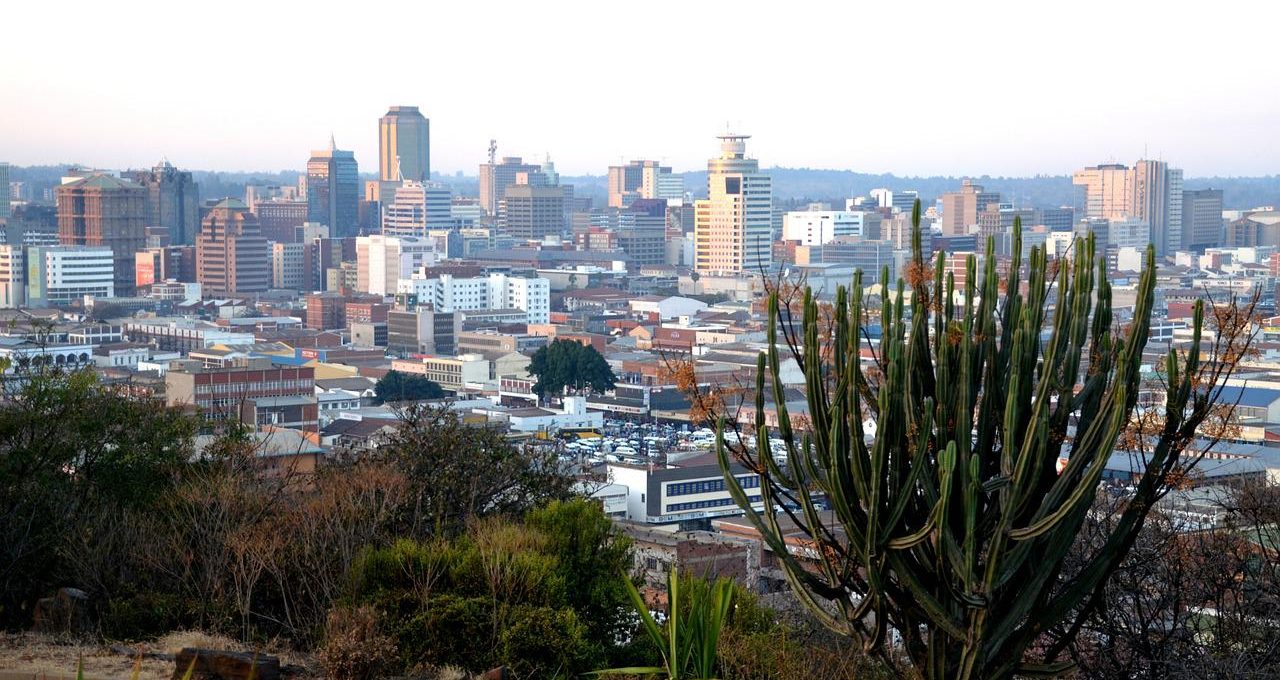









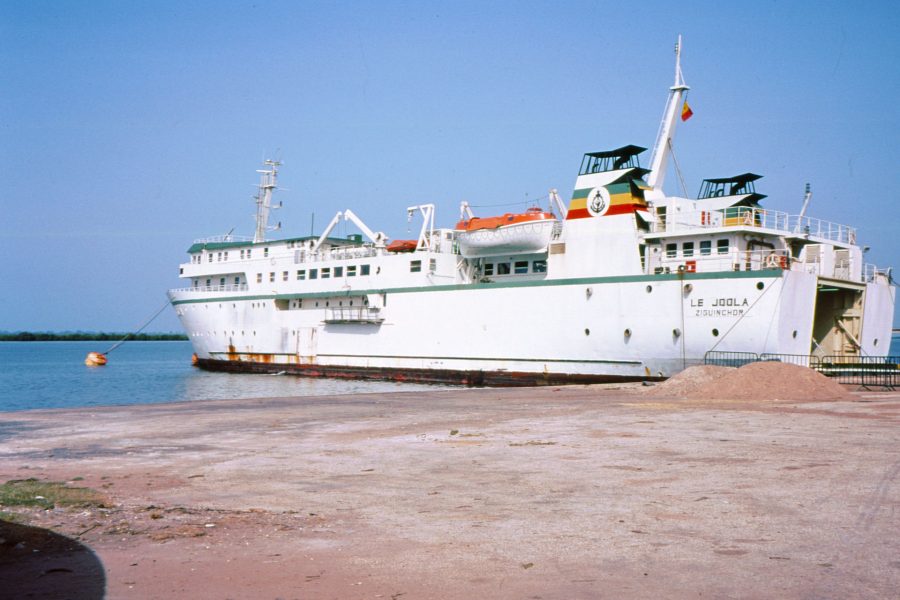

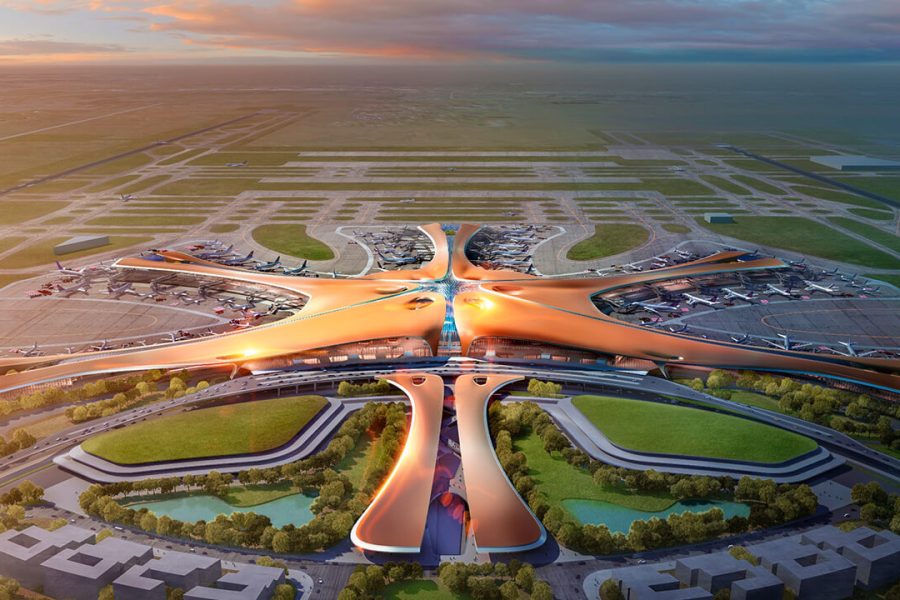
Оставить Комментарий